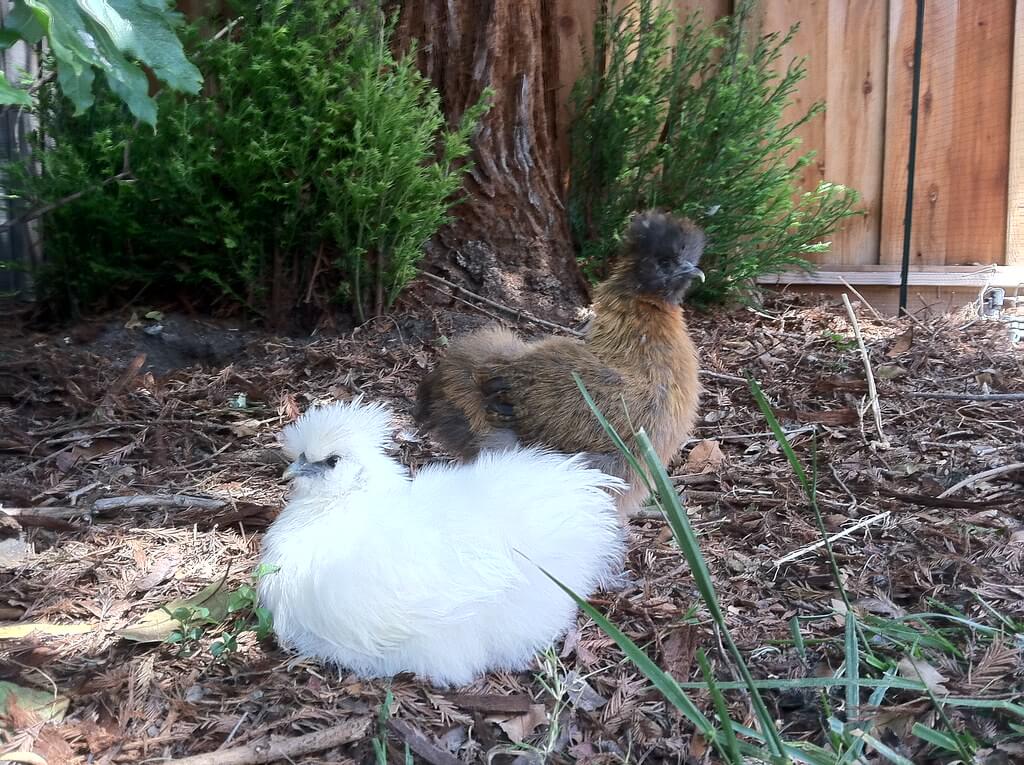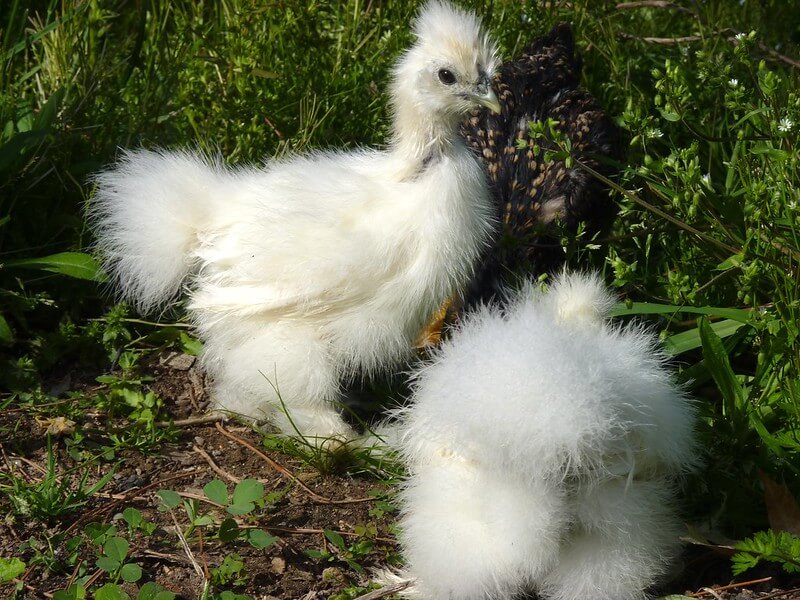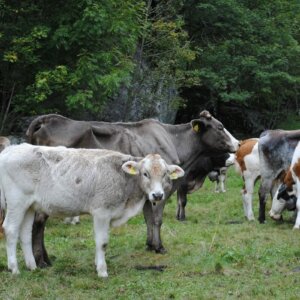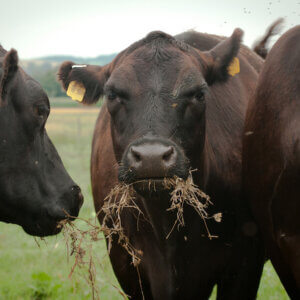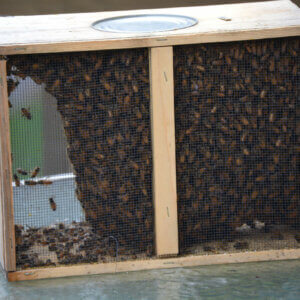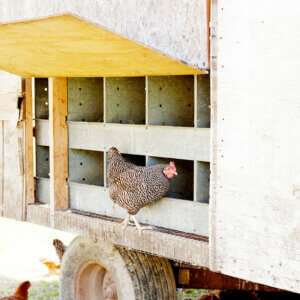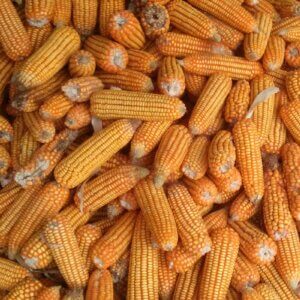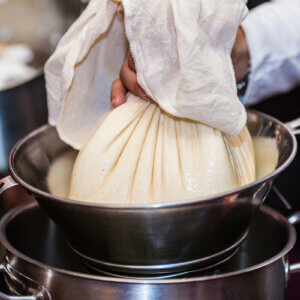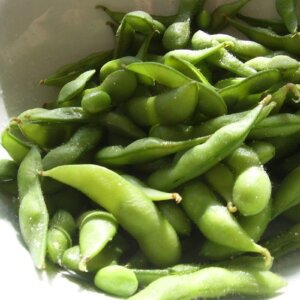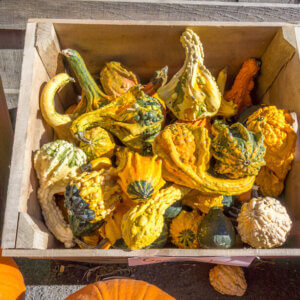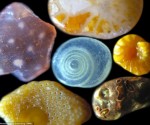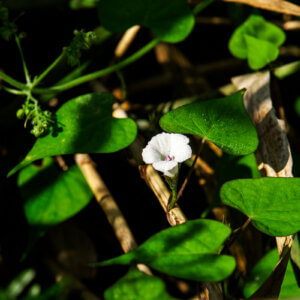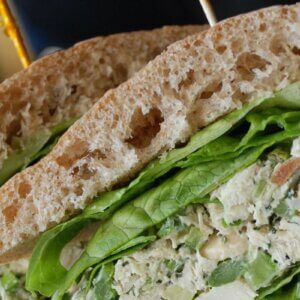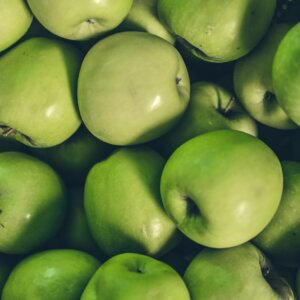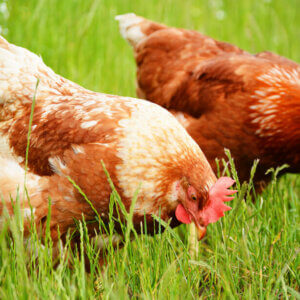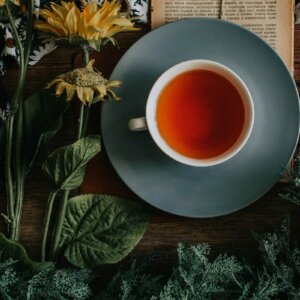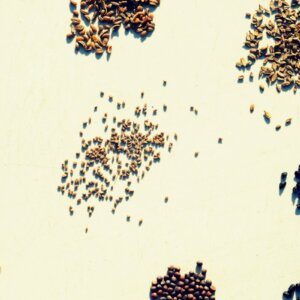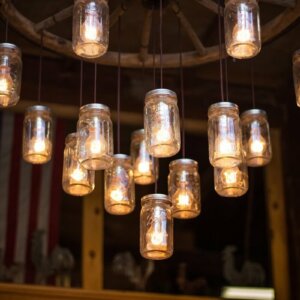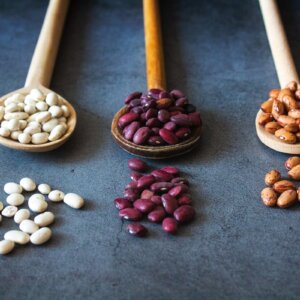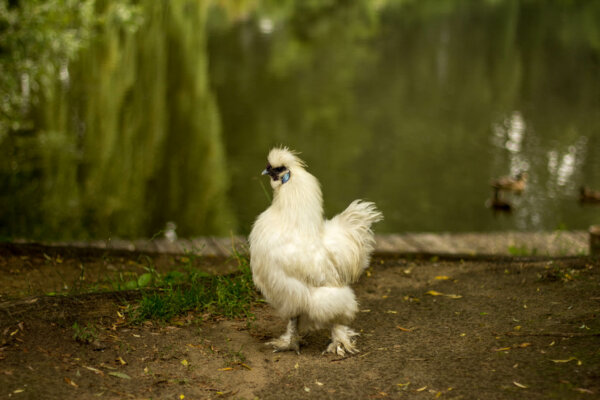
- Purpose: Pet, Meat
- Eggs: Cream Tinted
- Egg Size: Small
- Color: White, Black, Blue, Gray
- Comb Type: Walnut Comb
If you do any sort of research into the chicken world, it won’t be long until you start hearing raving reviews about the motherly natures of Silkie Chickens.
Though these birds may not be the most prolific layers or have the meatiest breasts, they are fantastic mothers to all chicks–even ducklings, turkeys, pheasants, or turkeys!
Devoted and quite prone to being broody, they would make a wonderful addition to a sustainable flock. In many cases, they live on farms for this sole purpose, and they do it well.
These docile birds need not only be utilitarian, though! Those looking for a sweet and unique pet chicken need look no further than these furry-feathered friends.
Lissa Lucas of mypetchicken.com affirms that, “…You want your pets to be affectionate, and Silkies are basically love incarnate.” The “lap cats” of the chicken world, these gentle birds, covered with silky-feeling feathers are just begging to sit in your lap and be pet.
Characteristics
If you’ve never seen one before, the sight of a Silkie Chicken will undoubtedly both confuse and delight. These otherworldly birds sport a huge list of bizarre features, with black skin and bones, turquoise earlobes, feathered feet, five toes, beards, and their uniquely hair-like feathers. But don’t let their appearance intimidate! You’ve never met a sweeter chicken than this.
Don’t Leave Your Silkies In The Rain!
Chickens look rather pathetic when wet, but none look sadder than a sodden Silkie. Their feathers are not weatherproof in the slightest, so they will need to be dried off if they get absolutely soaked.
Silkies are reportedly more susceptible to Marek’s disease than many other breeds. Their leg feathering also can make them more prone to scaly leg mite than clean-legged birds, but thankfully, that discomfort can be addressed with coop maintenance and some careful care of their legs.
What’s The Yield?
Sources vary about whether or not the Silkie chicken is a purely bantam variety or not, but regardless, they are on the smaller side of chickendom. Hens are usually a petite 3 pounds, and roosters a not-imposing 4 pounds.
Though they are not really raised for meat in the USA and Europe, Silkies are a gourmet food in many Asian countries. The flavorful black meat and bones are often used in soup, where they are said to be especially healthful for women after childbirth.
As you might expect, with as broody as these birds tend to be, they may not be your star egg layers. They may be able to produce up to three small, tinted eggs a week if they are not caring for babies, though!
A “Bird-Mammal”?
Though they look hair-like, the silkie’s feathers are just that, feathers. They gain their fluffy appearance because they lack the barbicels, the little hooks that hold typical chicken feathers together.
In the 1800’s, gullible Europeans were duped into thinking that the odd-looking fowl was a “Bird-Mammal,” the offspring of a rabbit and a chicken. Thankfully, the Silkie is off the freak-show circuit and happily in many a barnyard.
Pictures Of Silkie Chickens
Resources
- Forget Black Burgers, Goth Chickens Are The Real Thing, Modern Farmer
- Silkie Bantam, My Pet Chicken
- Silkie Bantams, Purely Poultry
- Silkie, BackYard Chickens
- Silkie Chickens : The Cuddly Teddy Bears Of The Poultry World, Raising Happy Chickens
- We Just Found Your New Dream Pet. It’s A Chicken, Huffington Post
- Everything You Need to Know About the Silkie Chicken, Wide Open Pets
- What’s the Deal with Black Chickens?, Kitchn
- Silkie: A Comprehensive Guide on the Furry Chicken, PetHelpful
- Silkie, Omlet
- 8 Interesting Features of the Silkie Chicken Breed, Countryside Daily
- Silkie Chickens And Some Facts About Them, Coops And Cages
- The Silkie Chicken: All You Need To Know, The Happy Chicken Coop
- Now, a Chicken in Black, The New York Times

